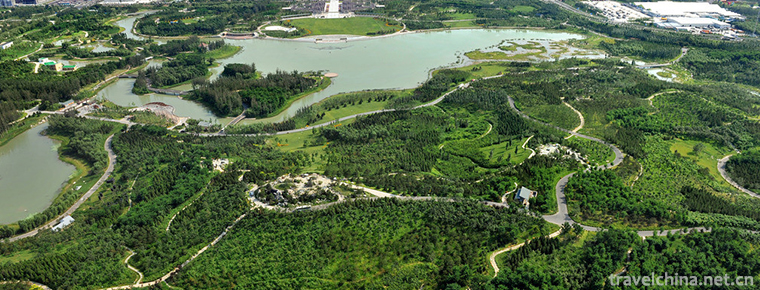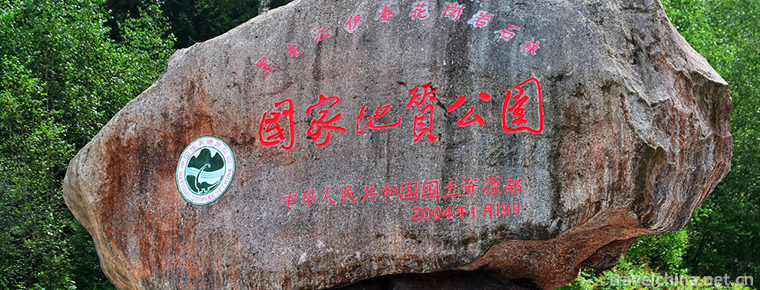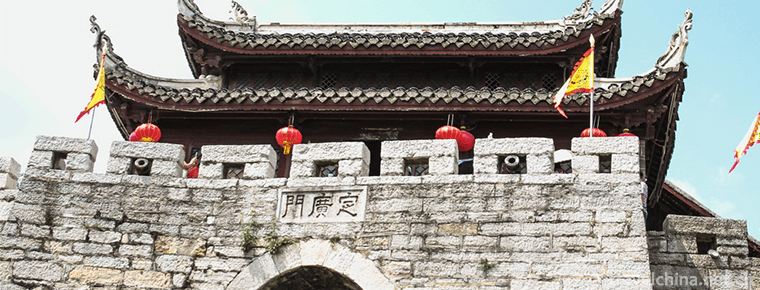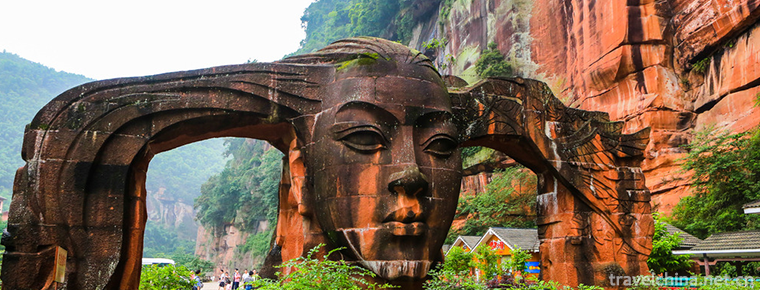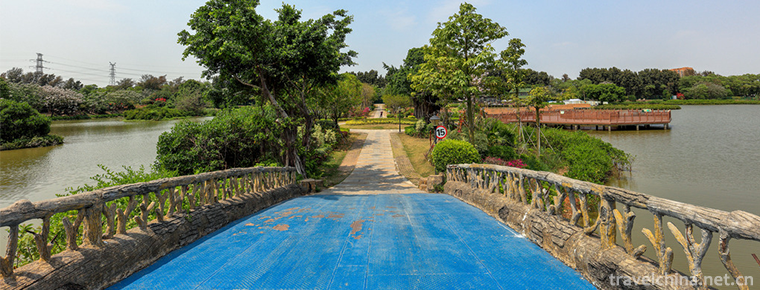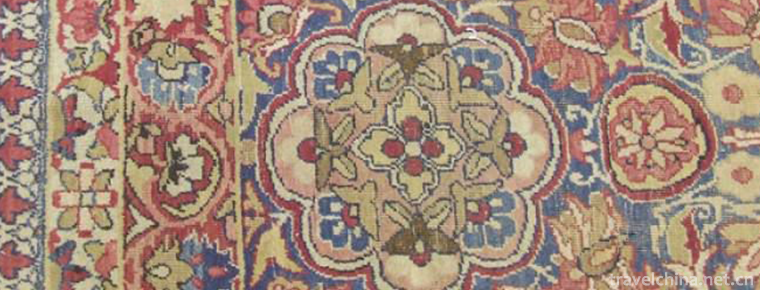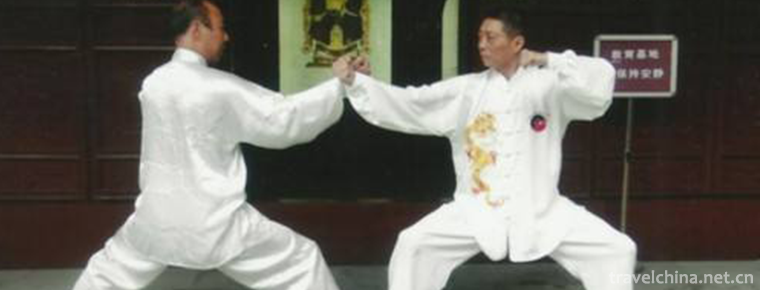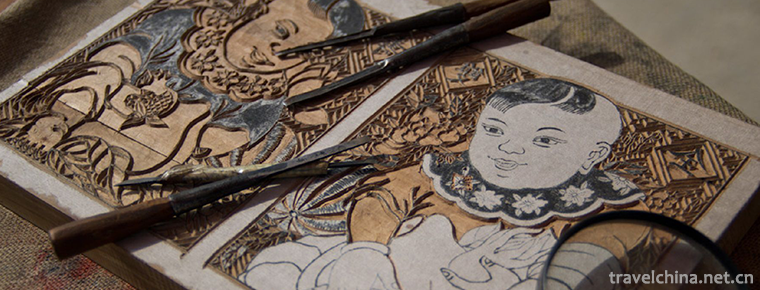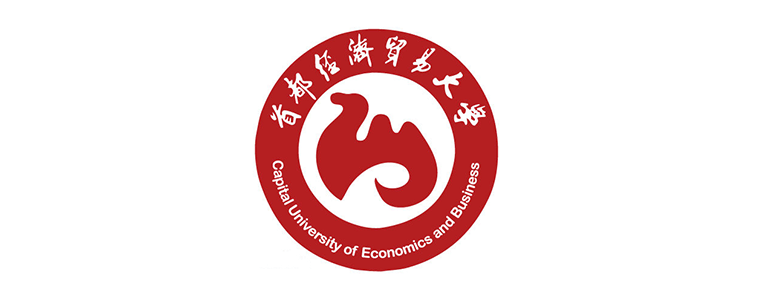Tibetan Fragrance Production Techniques
Tibetan Fragrance Production Techniques
Tibetan incense is a rare "Tianmu" in the snow-covered mountains of Tibet. There are many records in Buddhist sutras. Tianmuxiang is the top-grade offering of Buddhist rites and buddhism. It is one of the five famous sacrificial incenses recorded in Buddhist classics. Tibetan medicine calls Tianmu Xiaochengxiang. According to Tibetan medical classics, Tianmu is pure and non-stained. It is a good medicine for health care and illness. It can clear away filth and turbidity, eliminate evil and insect pests, dredge collaterals and resuscitate orifices, fumigate and treat poisonous sores and strange diseases, and dispel the evil gas of pestilence. Tibetan incense production history can be traced back to 1300 years ago, since then, there has been the tradition of making Tibetan incense in every household in Tunba village, which has been followed up to now. Tibetan fragrance ingredients exquisite, exquisite production. Although Tibetan fragrance has a long history, the production of Tibetan fragrance is still a very mysterious skill for modern people. Hong Hui Xiaobian uncovered the mysterious veil of Tibetan fragrance production for everyone.
On June 7, 2008, Tibetan fragrance production technology was approved by the State Council and listed in the second batch of national intangible cultural heritage list.
historical origin
The Ando man who is Tibetan fragrance is called Longri Jiangcuo, and he is the ninth generation of Tibetan fragrance of Youmin Ba. Drug dispensing, pharmacy, abrasives and fragrance extrusion are all well-known in every process. But few people know that Jiang Tsuo once abandoned this ancestral craft.
Jiang Choo chose to go abroad to do business. He has traveled more than 20 countries in the world in 13 years. In 1995, Jiang returned to Lhasa and unexpectedly harvested a treasure, which changed his life trajectory.
You can still smell the elegant fragrance in your hand. To this day, Jiang Tsuo has not been able to figure out the recipe of this Tibetan fragrance. From it, Jiang felt the vastness and depth of Tibetan-incense culture, and he felt that the craft should be passed on. After five years of preparation, in 2000 he restored his family's secret recipe and opened a fragrance workshop.
In 2008, Tibetan incense was listed as the national intangible cultural heritage, and the market was bright. The government of Tibet Autonomous Region also increased its support for traditional techniques. In August, Jiang Tsuo's workshop was invited into Dazi County Industrial Park by the government. Jiang Tsuo's Bazangxiang has set up exclusive stores in more than 20 cities.
For 10 years, although business has become busier and busier, Mr. Jiang's work of learning art has never stopped. Jiang Tsuo has a new plan. Behind the factory building, a Tibetan incense museum is under construction.
Sixty years ago, the inheritance of Tibetan ethnic crafts relied entirely on small family workshops. Today, 60 years later, Tibet has formed a large-scale cultural industry. During the 11th Five-Year Plan period, Tibet allocated 5.34 billion yuan to protect and develop Tibetan national culture. Tibetan opera and Gesar have been successfully selected into the world intangible cultural heritage list. There are 406 intangible cultural heritage projects at all levels in Tibet, with 1177 inheritors.
Technological effect
In June 2008, the production techniques of Zhikong (Gong) Tibetan incense were listed as the national intangible cultural heritage list, and became one of the key intangible cultural heritage projects protected by the state.
"Good Tibetan fragrance should be able to prevent and treat diseases. Our Zhigong Tibetan Fragrance (known locally as Zhigong Tibetan Fragrance) Yancheng Zhigong Gaju School founder Juba Jitian Songgong's special "Seven Branches Method" secret recipe is carefully formulated with precious plant medicinal materials and pure natural plant spices in the snow-free plateau. The biggest characteristic is that it has no animal ingredients and chemical components, pure natural, and harmless to human body. Argonne Living Buddha was very proud when he talked about Zhigong Tibetan incense.
Production techniques
Situated in Mozhugongka County, east of Lhasa, Zhigongti Temple is the ancestral temple of the Tibetan Buddhism Zhigongga School. It is famous for its long history of celestial burial platform.
Gong Jueweise, an 18-year-old monk, has been dealing with Tibetan incense. In June 2008, Tibetan incense production technology was listed as a national intangible cultural heritage, and Angong Rinpoche of Zhigongti Temple was also listed as the inheritor of intangible cultural heritage. Zhigong Tibetan incense, which has a history of nearly a thousand years, has thus put on its "amulet", registered its special trademark, and began to move from self-sufficiency of monasteries to market. "I am very happy, because the protection and support of the government is my long-standing desire to inherit cultural heritage.
But in the long run, it is not enough to attach importance to and invest in Tibetan fragrance. If Tibetan fragrance wants to form an industry, it should choose the road of sustainable development. "Gong Jueweise said. As we all know, Tibetan fragrance is unique, in addition to hand-made, mainly due to natural raw materials, and most of them are precious medicinal plants on the Qinghai-Tibet Plateau. Because of long-term habits, people often root out related plants when picking them. Once the demand increases, it will cause adverse effects on plant populations and related ecological environment. There are also some Tibetan fragrance varieties pursuing precious, in addition to rare plants, but also added musk, pangolin and other animal ingredients. Gong Jueweise believes that these traditions should be "discarded". Because according to the Tibetan Buddhist doctrine, all things are equal, and human beings can not exterminate other species for their own benefit, "that will be a sadness". At the same time, the country has been advocating scientific development and sustainable development, and can not fish for immediate interests. In the process of processing Tibetan medicine and incense, Gongjue Weise's Zhigongti Temple has been uprooted to pick the stems and leaves of plants, and the total amount has been controlled.
Inheritor
Danzengsi said that because the traditional Manzhong Tibetan fragrance is too strong, Danzengsi and his friends developed a new formula, after many experiments, finally deployed a variety of Tibetan fragrance that can be accepted by the public. Danzeng Gexi and his team are planning to build the first Tibetan-incense Experience Hall in Tibet. He wants to build Tibetan-incense cultural tourism routes in his hometown through the Tibetan-incense experience hall.
Danzengsi is a laughing lad, sometimes shy because of his poor Mandarin expression. He is the fourteenth generation inheritor of Manzhong Manor, a Tibetan medical family. Since his childhood, Tibetan incense has been lingering around him, and even become an indispensable part of his life.
After graduating from Northwest University for Nationalities in 2012, he did not choose to be a civil servant, but returned to the village where Manzhong Manor was located, Tunba Village, Nimu County. He wanted to inherit the taste left by his ancestors. Danzengsi said, "When we started our business, we didn't know how to do it. After all, Nimu Zangxiang is already famous. How to make our Manzhong Zangxiang more famous, we need to think about it." Danzenggesi enthusiastically invited everyone into Manzhong Manor. As soon as he entered, a fresh fragrance came to his face. Several workers were busy.
Tibetan fragrance
"Tunba" - is not unfamiliar to people familiar with Tibet, especially those who like Tibetan incense. People here have been making Tibetan incense for generations, and people here are proud of making Tibetan incense and making Tibetan incense for a living. The second benevolent family is the family of Tibetan incense production. As for the generations he passed down to, he could not say clearly, but he clearly remembered that his grandfather and father were Tibetan incense production artists.
Chiren told reporters that he began to learn Tibet from his father in his 10s, and that he had been studying Tibet for more than 40 years.
The 64-year-old Agong Living Buddha has spent most of his life making Tibetan incense in the Straight Confucius (Gong). In order to make this rare Tibetan fragrance production technology pass on, while carrying forward Buddhism, he set up a company, ran the market, and inherited the ancestors'bowls by a way of entering the WTO.
Tibetan incense is a traditional Tibetan handicraft and one of the important cultural carriers of Tibetan Buddhism. Because it contains a variety of natural spices and Tibetan medicine ingredients, it has the effect of clearing the heart and strengthening the spleen, sterilization and disinfection, and has been favored for many years.
Born in Tunda Village, Tunba Township, Nimu County, Chirenduoji has been making Tibetan incense for generations. Walking into the home of Chiren Doji, there are Tibetan incense and incense bricks in the yard, and the air is filled with the light fragrance of Tibetan incense. Sitting cross-legged, Chirenduoji is making Tibetan incense. His wife Quniwangm ties up the dried Tibetan incense beside him.
"I learned to make Tibetan incense from my father when I was a child, to catch up with the good policy of our country. This skill not only gets the protection of our country, but also enriches our family. There are six people in the family. Father, brother, wife and two children live in the two-storey building of 200 square meters, which was newly built in 2006 and cost more than 130,000 yuan to build. And all this money comes from Tibetan incense's income. Chiren Duoji said as he made Tibetan incense.
Circulation of skills
In Tunba Township, Lhasanimu County, Tibet, almost every family has workshops or craftsmen making Tibetan incense. Zaxi Sangzhu is only an ordinary incense maker in the village, inheriting the incense-making skills from his ancestors.
"My family has been making Tibetan incense for generations, and I have been making Tibetan incense for more than 30 years." Zaxi Sangzhu, 53, is skilled and talks freely. He holds the horn in his left hand and squeezes the clay with his right thumb. The line-shaped clay squeezes out of the hole in the horn and is lined up in a straight line by Zaxi. After drying, a row of Tibetan fragrance is made.
Nimu Tibetan incense is known as "the first Tibetan incense in snow area". It is said that after the invention of Tibetan by Tunmi Sanbuza, one of the seven wise ministers of Songzan Ganbu more than 1300 years ago, he improved the incense technology learned in India, invented Tibetan incense, and taught Tibetans to make incense by water grinding. For 1300 years, Tunba people have been making Tibetan incense with water milled wood pulp, forming a water milled corridor of several kilometers long composed of more than 250 water mills.
To the north of the Beijing delegation, there are Xi'an and Tibet exhibition areas. Tibetan fragrance production techniques, Tibetan medicine and other non-heritage items are displayed in the Tibet exhibition area, and tourists stop to watch them from time to time. At the same time, the provincial areas displayed in A1 exhibition area are Qinghai, Sichuan, Xinjiang and other exhibition areas.
After leaving the west gate of A1 pavilion, you can enter A2 Pavilion directly from the north gate of A2 pavilion. After entering the North Gate, the wax man on the left-hand side of the "Tianjin Yidecheng Snuff" exhibition area in Tianjin attracted many tourists to take photos. The first floor exhibition area of A2 Pavilion is divided into Tianjin, Guangxi, Henan and Jilin provinces. Tourists can reach the second floor of A2 Hall by elevator. There are 11 non-heritage exhibition projects in Hebei, Anhui, Inner Mongolia, Yunnan and other provinces and regions in this booth.


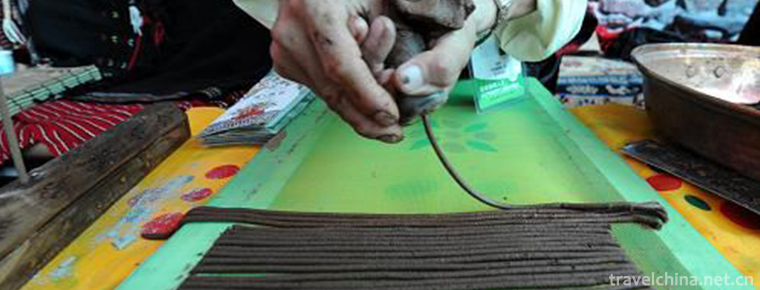
-
Beijing Olympic Park
Beijing Olympic Park Located in Chaoyang District of Beijing, Beijing Olympic Park is located at the north end of the central axis of Beijing.
Views: 178 Time 2018-11-24 -
Tangwang River Linhai Qishi Scenic Area
Tangwanghe Linhai Qishi Scenic Area is located in Tangwanghe District, Yichun City, Heilongjiang Province..
Views: 139 Time 2018-12-05 -
Huaxi Qingyan Ancient Town Scenic Area
Qingyan Ancient Town, one of the four ancient towns in Guizhou, is located in the southern suburb of Guiyang City. It was built in Hongwu ten years (1378) of Ming Dynasty and was formerly a military f.
Views: 213 Time 2018-12-12 -
Danxia Chishui
Danxia National Geopark in Chishui City, Guizhou Province, is located in the southern edge of Sichuan Basin, close to the northern foot of Daloushan Mountain in northern Guizhou Province and the weste.
Views: 214 Time 2019-01-05 -
Shenzhen Maritime Pastoral
Shenzhen Maritime Pastoral Tourist Area is administratively located in Shajing Street, Baoan District, Shenzhen City. It is located at the eastern port of Pearl River estuary.
Views: 199 Time 2019-02-08 -
Canadian Tibetan carpet weaving skills
Canadian Tibetan carpet weaving skills, traditional handicraft in Huangzhong County, Qinghai Province, one of the national intangible cultural heritage..
Views: 102 Time 2019-05-05 -
Gentle boxing
Mianquan is a kind of uniform, soft, round, coherent, rigid and soft traditional boxing, which belongs to the intangible cultural heritage of Shanghai. Its movement is soft like cotton, the shape and .
Views: 130 Time 2019-06-04 -
Tiger dance shua laohu
Tiger dance, also known as "playing tiger" ("playing" Jiaozuo dialect refers to "playing" and "performing"), is said to have appeared in the Western Han Dynasty.
Views: 204 Time 2019-06-15 -
Yang Liu Qingmu New Year Print
Yangliuqing Wood Printing New Year Picture, Tianjin folk traditional art, one of the national intangible cultural heritage..
Views: 209 Time 2019-07-11 -
Beijing University Of Agriculture
The predecessor of Beijing University of Agriculture, Tongxian agricultural school, Hebei, was founded in 1956. In 1958, Tongxian agricultural school in Hebei province was merged with Beijing agricult.
Views: 323 Time 2019-09-06 -
Capital University of Economics and Business
Capital University of Economics and Trade was founded in 1956. It was a key university under the municipal authority of Beijing, which was merged and established by the former Beijing School of Econom.
Views: 141 Time 2019-09-22 -
Resources and environment of Leshan
By the end of 2018, the total energy consumption of Leshan City was 15.3994 million tons of standard coal, an increase of 580900 tons of standard coal over the previous year. The energy consumption of 10000 yuan GDP decreased by 4.38%..
Views: 144 Time 2020-12-17
